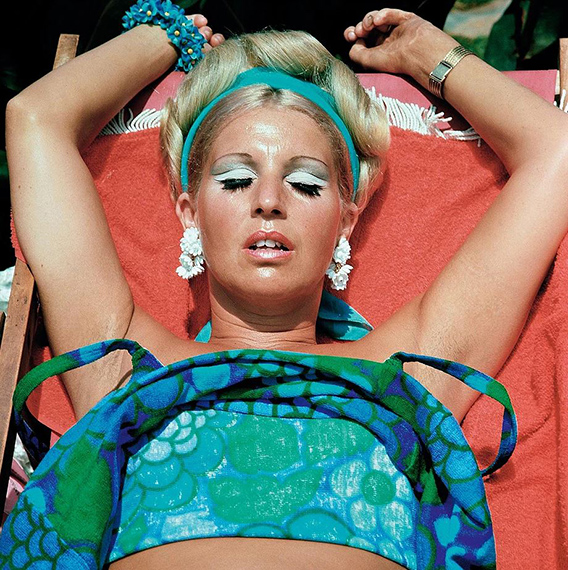
© Carlos Pérez Siquier, VEGAP, Madrid, 2022
Carlos Pérez Siquier »
Carlos Pérez Siquier
Exhibition: 1 Jun – 28 Aug 2022
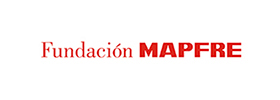
Fundacion MAPFRE
Paseo de Recoletos / Barbara de Braganza
28004 Madrid
+34 915 -81 61 00
cultura@fundacionmapfre.org
www.fundacionmapfre.org
Mon 14-20, Tue-Sat 10-20, Sun 11-19
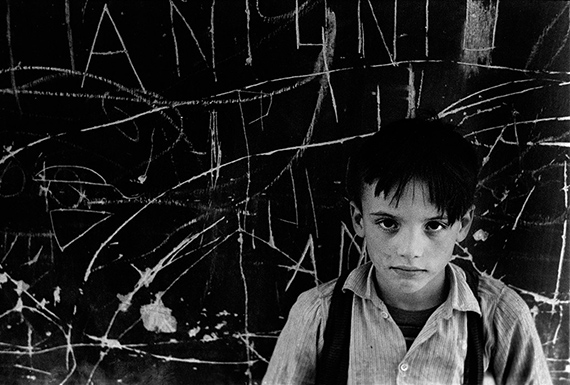
© Carlos Pérez Siquier, VEGAP, Madrid, 2022
One of the most remarkable details of the career of Carlos Pérez Siquier (Almería, 1930–2021) was how he maintained, since his start in the 1950s, his position as an artist working from the periphery, having lived his whole life in his native Almería. Without having ever moved to a major metropolitan centre like Madrid or Barcelona, Pérez Siquier became a fundamental figure in Spanish photography, and was continually in contact with other major photographers of that time, including Joan Colom, Xavier Miserachs, and Ricard Terré. In addition, Pérez Siquier was a driving force behind the era’s most influential photography collective, the AFAL group (1956–1963). The group published an eponymous journal and in its pages Pérez Siquier did not shy away from provocation, instigating with his work intense ruptures that went against the grain of photographic tradition at the time.
From Almería, then on the margins and distant, the photographer created a body of work over a period of more than 60 years that, in a tangential but at the same time profound and mordant way, entered into the debates of the day. His photographic series transpired within the contexts of the social periphery, the visual alterations that came about as a result of Francoist developmentalism, the cultural shock caused by the arrival of mass foreign tourism to Spain, and the infiltration of a new visual culture that developed in the wake of the slogan Spain is Different. This new mode of conceiving our country attempted to repair, in a superficial manner, the trauma of the Spanish Civil War on the coastline through colour and sensuality. Artists and intellectuals regarded this attempt with both enthusiasm and scepticism.
If Pérez Siquier’s early works delved into a social critique of an impoverished Spain, slowly but surely, the focal point of his practice shifted to capture this new consumer society. It is in this moment – in which his work reflected a true paradigmatic shift in post-war European society – when his photographs established connections with the most critical approaches of Pop art, with 1970s auteur cinema, and with the literature of his generation.
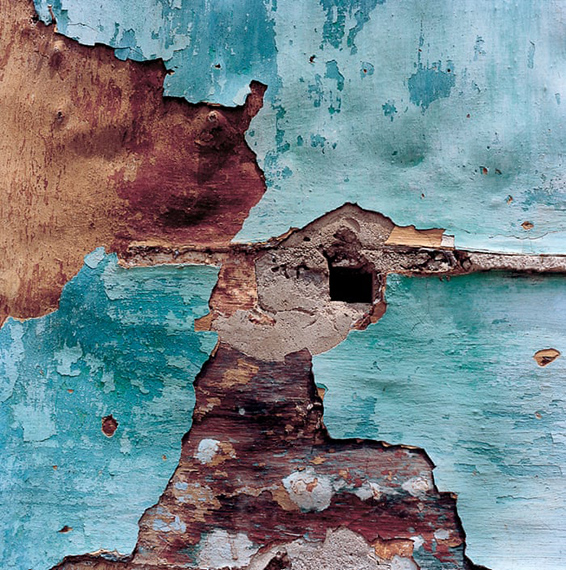
© Carlos Pérez Siquier, VEGAP, Madrid, 2022
The exhibition Carlos Pérez Siquier, which Fundación MAPFRE presents at its Madrid galleries, will introduce the public to an artist whose work was fundamental for the creation of photographic modernity in Spain as well as the professionalization of the medium.
The exhibition reveals the artist from an early moment, when his tenets were close to those of Neo-realism, and later on, explores his role as a pioneer of colour photography. In both aspects, Pérez Siquier acted from a privileged position on the periphery and with a singular vision, fully conscious of his authorship despite having begun with an intuitive understanding of photography, more in common with a passer-by than a portraitist.
This exhibition is an ample retrospective that includes his main series, all completed between 1957 and 2018, and is enriched with the display of numerous works never before exhibited or published. With this exhibition Fundación MAPFRE intends to increase the international renown of a key figure who was awarded Spain’s National Photography Prize in 2003.
The retrospective, comprised of more than 170 photographs and a group of primary documents, is organized around six series exhibited chronologically. It begins with his early work, among his best known, “La Chanca and La Chanca in colour” (1957–1965), where the artist immerses himself in the Almerian barrio in order to photograph its inhabitants.
Juan Goytisolo would follow a similar path in his novel La Chanca, which was banned by Francoist censors and did not circulate in Spain until 1981.
The exhibition continues with “Informalisms” (1965), an epilogue to his earlier series, in which Pérez Siquier photographs walls of peeling paint, compositions reminiscent of abstract expressionism and Spanish Informalism, and continues with “The Beach” (1972–1980), where the artists switches from black and white to colour. As a photographer hired by the Ministry of Information and Tourism, Pérez Siquier undertook various journeys through the Spanish coastline making photographs to promote the tourist industry; some of these are exhibited here in the form of posters and leaflets that evoke the ethos of an era in which this industry flourished with promises of sun and sand. With irony and humour, the images show the contradictions of a decaying country newly open to foreign tourism. A similar point of view is also visible in “Traps for the Unwary” (1980–2001), in which Pérez Siquier appears to travel through an increasingly superficial world populated with everyday sights like shop windows, mannequins, fairground figures, colourful beach umbrellas, and advertising insignia. “Encounters” (1991–2002) forms a counterpoint to the “noise” of the “The Beach.” With the Almerian landscape as protagonist, these are photographs of the spaces and surroundings dear to the artist. It is perhaps one of his most aesthetically resonant bodies of work, which anticipates the calm of “La Briseña” (2015–2017), the series that closes the exhibition.
Here the title alone, not to mention the photographs of the place that was once his summer residence, located in the Almerian desert, show, after decades of excursions, a retreat to the interior, to his home life, which the artist made at almost 90 years old.
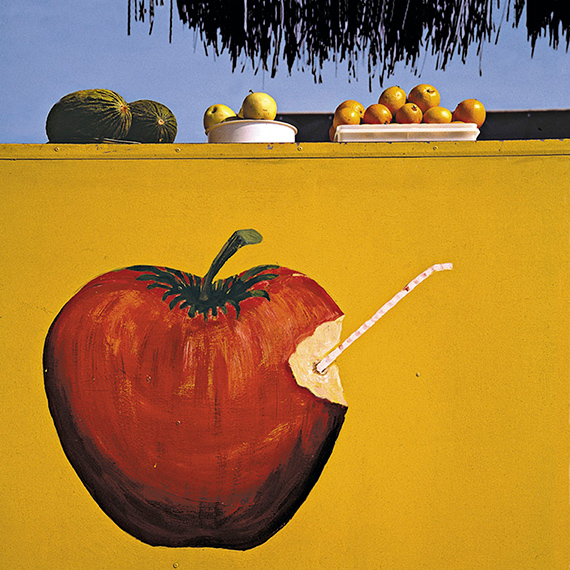
© Carlos Pérez Siquier, VEGAP, Madrid, 2022
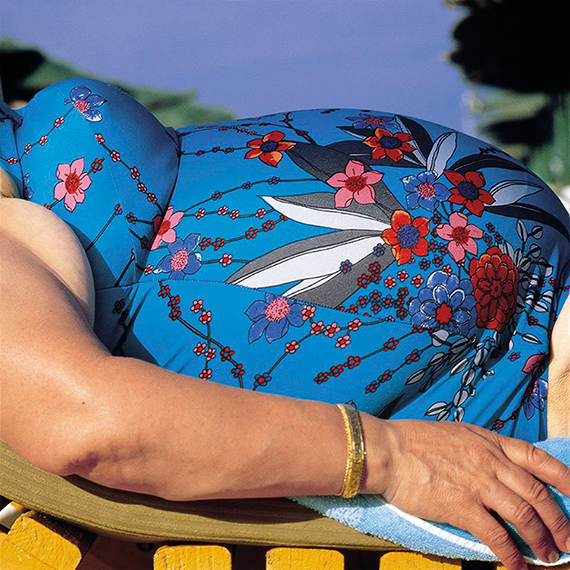
© Carlos Pérez Siquier, VEGAP, Madrid, 2022